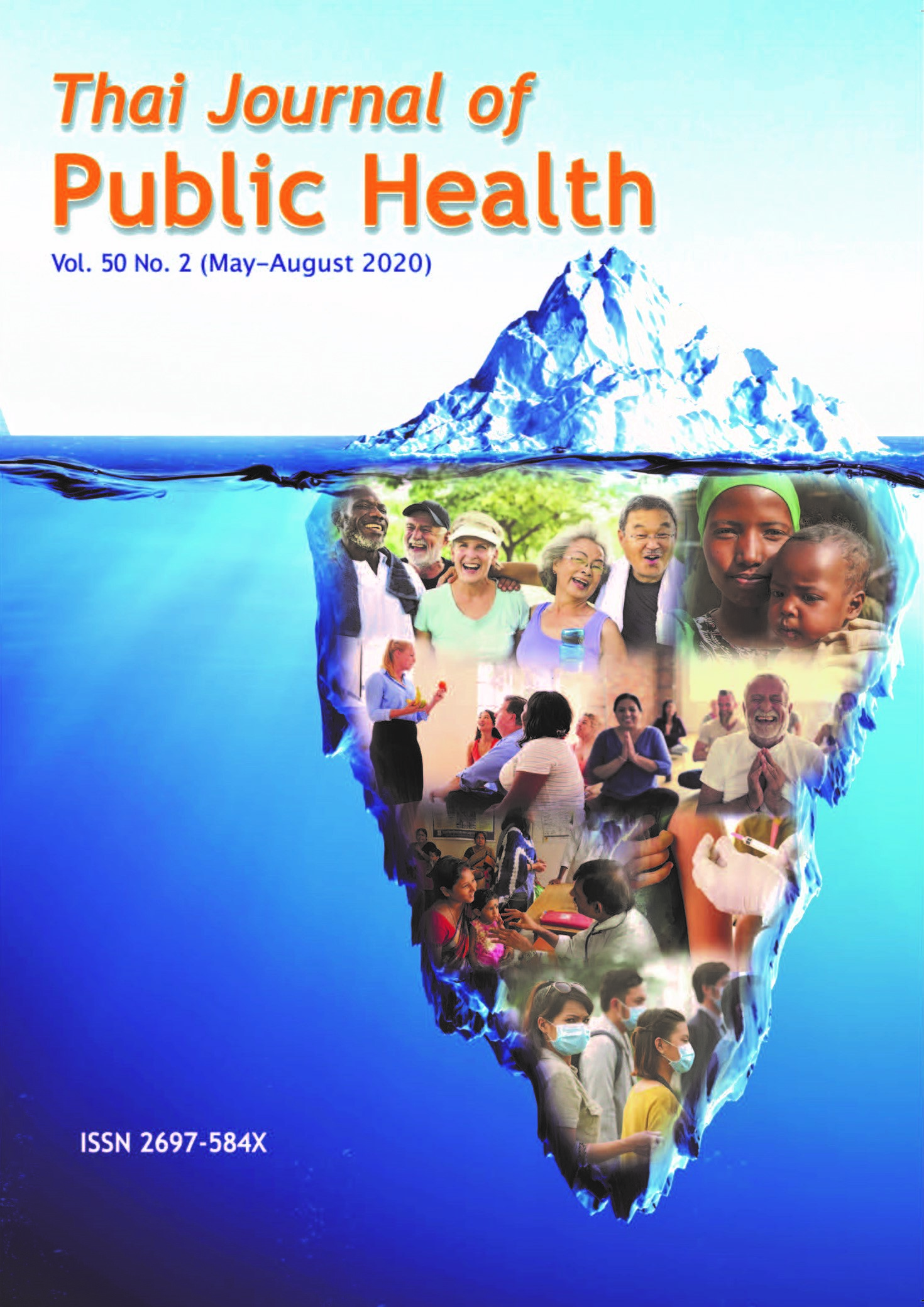Assessment of Dental Professional Attitudes Regarding Antimicrobial Usage and Resistance Awareness
Keywords:
Dental professional, Attitudes, Antimicrobial resistanceAbstract
This study aimed to assess dentists’ attitudes towards, and awareness of, antimicrobial usage and antimicrobial resistance, in order to promote rational usage of antimicrobials in the future. This was a cross-sectional questionnaire survey. The questionnaire contained closed-ended and open-ended questions, which covered antimicrobial resistance, and was distributed to dentists in Mahidol Dental Hospital. The data was collected, tabulated and statistically analyzed. Content analysis was applied for open-ended questions. The results were categorized in terms of answer frequency, which allowed assessment of a subject’s comprehension of the theme of the study. The majority of the participants were aged 25-30 years old (78.85%) with 0-5 years work experience (69.23%). Most participants in the present survey were oral and maxillofacial surgery specialists (88.85%) and the data of different participants’ attitudes towards antimicrobial resistance and recommendations for solutions to combat this growing problem were presented. Our study provides an important insight in to the attitudes towards and awareness of antimicrobial resistance among dentists in the dental hospital. The majority of the participants viewed antimicrobial resistance as a preventable public problem, if appropriate strategies were to be designed. Nonetheless, most of them held some misconceptions regarding antimicrobial resistance, and their knowledge and attitudes significantly varied across their field of study. Thus, improving knowledge, consequences and strategies to control antimicrobial resistance might be an approach to better dentists’ attitudes and to rationalize their use of antimicrobials in the hospital.
References
2. Ventola CL. The antibiotic resistance crisis: part 1: causes and threats. PT 2015; 40(4): 277-83.
3. Grigoryan L, Burgerhof JGM, Degener JE, Deschepper R, Lundborg CS, Monnet DL, et al. Attitudes, beliefs and knowledge concerning antibiotic use and self‐medication: a comparative European study. Pharmacoepidemiol Drug Saf 2007; 16(11): 1234-43.
4. Henricson K, Melander E, Mölstad S, Ranstam J, Hanson BS, Rametsteiner G, et al. Intra-urban variation of antibiotic utilization in children: influence of socio-economic factors. Eur J Clin Pharmacol 1998; 54(8): 653-7.
5. McCullough AR, Parekh S, Rathbone J, Del Mar CB, Hoffmann TC. A systematic review of the public's knowledge and beliefs about antibiotic resistance. J Antimicrob Chemother 2015; 71(1): 27-33.
6. Pallasch TJ. Global antibiotic resistance and its impact on the dental community. J Calif Dent Assoc 2000; 28(3): 215-33.
7. Premanandh J, Samara BS, Mazen AN. Race against antimicrobial resistance requires coordinated action–an overview. Front Microbiol 2016; 6: 1536.
8. Azevedo MM, Pinheiro C, Yaphe J, Baltazar F. Portuguese students' knowledge of antibiotics: a cross-sectional study of secondary school and university students in Braga. BMC Public Health 2009; 9(1): 359.
9. Jamshed SQ, Elkalmi R, Rajiah K, Al-Shami AK, Shamsudin SH, Siddiqui MJA, et al. Understanding of antibiotic use and resistance among final-year pharmacy and medical students: a pilot study. J Infect Dev Ctries 2014; 8(06): 780-5.
10. Pulcini C, Gyssens IC. How to educate prescribers in antimicrobial stewardship practices. Virulence 2013; 4(2): 192-202.
11. Farook SA, Davis AKJ, Khawaja N, Sheikh AM. NICE guideline and current practice of antibiotic prophylaxis for high risk cardiac patients (HRCP) among dental trainers and trainees in the United Kingdom (UK). Br Dent J 2012; 213(4): E6. Erratum in: Br Dent J 2012; 213: 384.
12. Baumgartner JC, Xia T. Antibiotic susceptibility of bacteria associated with endodontic abscesses. J Endod 2003; 29(1): 44-7.
13. Chandra HJ, Rao BS, Manzoor AM, Arun A. Characterization and antibiotic sensitivity profile of bacteria in orofacial abscesses of odontogenic origin. J Maxillofac Oral Surg 2017; 16(4): 445-52.
Downloads
Published
Issue
Section
License
Creative Commons License CC-BY-ND


